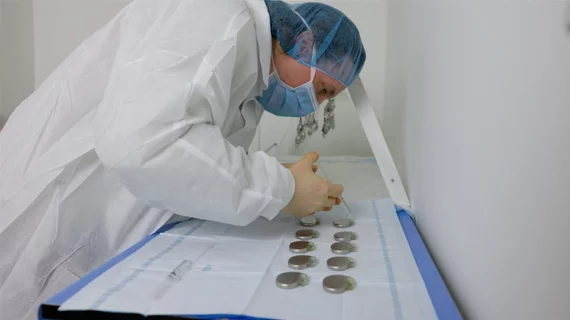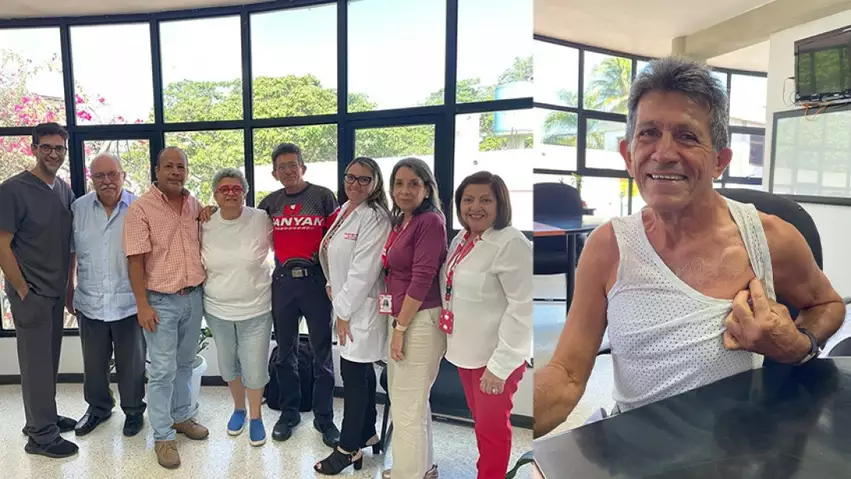Cardiologists give recycled pacemakers to heart patients in need
When patients with pacemakers die, what happens to the device? Typically, it ends up being discarded and forgotten—they were designed to be single-use devices, after all—but that does not have to be the case.
For several years now, cardiologists, electrophysiologists and other heart specialists with the Frankel Cardiovascular Center at the University of Michigan (UM) have been working to get reconditioned pacemakers in the hands of patients who may not be able to afford a brand new device through the My Heart Your Heart program. Founded by Kim Eagle, MD, in 2009, the program is currently leading a clinical trial designed to examine the safety and feasibility of this concept in greater detail.
“I see unlimited growth for My Heart Your Heart,” Eagle, director of the Frankel Cardiovascular Center, said in a new UM statement. “Beyond this trial, we could one day test the safety and efficacy of other implantable devices, specifically biventricular pacemakers, defibrillators and implantable cardioverter-defibrillators. This program represents exactly what we stand for at UM.”
ASCARDIO, a nonprofit healthcare organization based out of Venezuela, is one of the organizations working with UM to get reconditioned pacemakers in the hands of physicians who can then implant them in heart patients in need.
“We have a waiting list of around 300 people who could potentially lose their lives in less than a month,” cardiologist Bartolome Finizola, MD, founder and director of ASCARDIO, said in the UM statement. “Almost nine out of every 10 patients live in poverty conditions and are therefore unable to easily access a pacemaker implant.”
How pacemakers are reconditioned
If donated pacemakers have at least four years of battery life remaining, they are sent to a facility in Michigan. Eric Puroll, a project manager with My Heart Your Heart, and a team of volunteers then clean and decontaminate the device, ensuring all personal data about the previous patient has been removed.
“This requires a lot of hard work and some tedious work,” Puroll said. “But it’s a labor of love and time.”
Once the cleaned pacemaker has been properly tested, it is dipped in silicone and coated in ethylene so that it can be reimplanted.
Clinical research is still underway
The ongoing clinical trial, set to include data from such countries as Venezuela, Kenya and Nigeria, represents a key step for this program. Researchers are focused on comparing data from patients who are given a brand new pacemaker with data from patients who received a reconditioned device. Special attention is being paid to device infection rates among participants.
More than 200 patients have already been enrolled, and the goal is to recruit at last 260 patients before the trial is done. It is believed to be the largest clinical trial of its kind in the entire world.
“If the trial shows positive results, we could scale this up and create a self-sustaining operation to allow for large-scale pacemaker reconditioning and donations to low-income countries,” Thomas C. Crawford, MD, an electrophysiologist with UM and medical director of My Heart Your Heart, said in the same statement.
“Proof of the safety of these devices would give us the opportunity to win time for even more of our patients,” added Vicente Finizola, MD, an interventional cardiologist with ASCARDIO. “It could shorten the long waiting list we already have.”


